Updated 04:52 UTC Jan 28 2012
Sunspot Region 1402 unleashed an X flare that peaked at X1.7 at 18:33 UTC. There was a full halo CME seen in association with this X flare event. At this time, it would appear that Earth may see a glancing blow from this CME. We will update as more data comes in.
The X Flare can easily be depicted on this image from SDO/EVE SAM. It can be seen originating from Sunspot Region 1402 which has now rotated off on to the far western limb of the solar disk.
This X flare wasEearth directed. Anything showing up on the Xray flux is Earth registered.
If this X flare had occured 4-5 days ago while directly Earth facing, it would have registered significantly higher on the X scale.
This X flare wasEearth directed. Anything showing up on the Xray flux is Earth registered.
If this X flare had occured 4-5 days ago while directly Earth facing, it would have registered significantly higher on the X scale.
This event caused another sharp rise in Protons, as we see here on the current GOES Proton Flux.
NOAA Alerts:
ALERT: Proton Event 100MeV Integral Flux exceeded 1pfu
Begin Time: 2012 Jan 27 1900 UTC
ALERT: Proton Event 10MeV Integral Flux exceeded 100pfu
Begin Time: 2012 Jan 27 2105 UTC
NOAA Scale: S2 - Moderate
Begin Time: 2012 Jan 27 2105 UTC
NOAA Scale: S2 - Moderate
ALERT: Proton Event 10MeV Integral Flux exceeded 100pfu
Begin Time: 2012 Jan 27 2105 UTC
NOAA Scale: S2 - Moderate
Begin Time: 2012 Jan 27 2105 UTC
NOAA Scale: S2 - Moderate
This X 1.7 Flare started bombarding the Ionosphere with protons within minutes of being released from the Sun. The majority of the energy is extinguished in the extreme lower region of the ionosphere (around 50-80 km in altitude). This area is particularly important to radio communications because this is the area where most of the absorption of radio signals energy occurs. The enhanced ionization produced by incoming energetic protons increases the absorption levels in the lower ionosphere and can have the effect of completely blocking all ionospheric radio communications through the polar regions. Such events are known as Polar Cap Absorption events (or PCAs). These events commence and last as long as the energy of incoming protons at approximately greater than 10 MeV exceeds
roughly 10 pfu. This graph shows the frequencies that are currently being affected, and where.

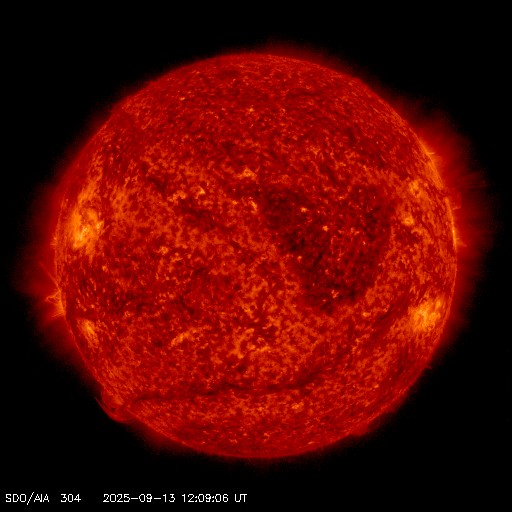
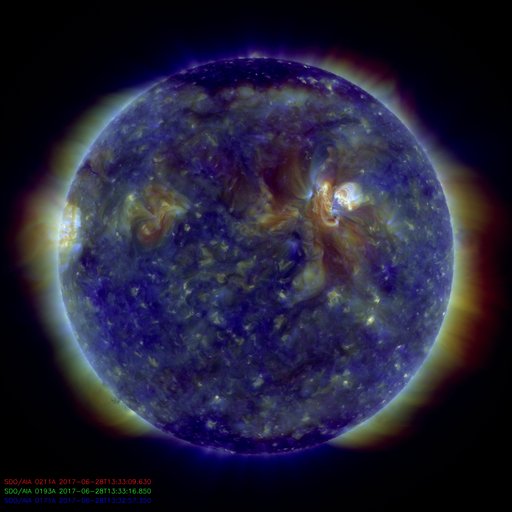
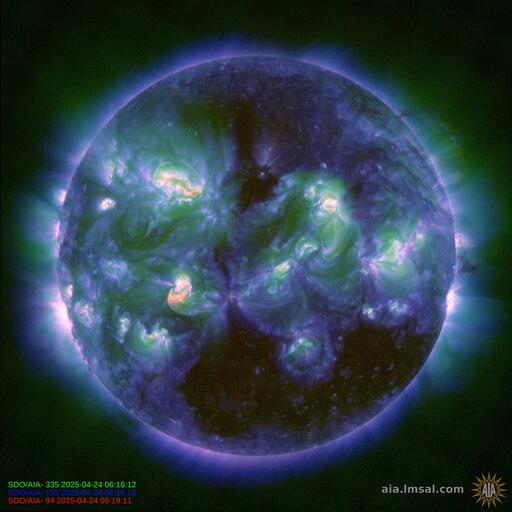
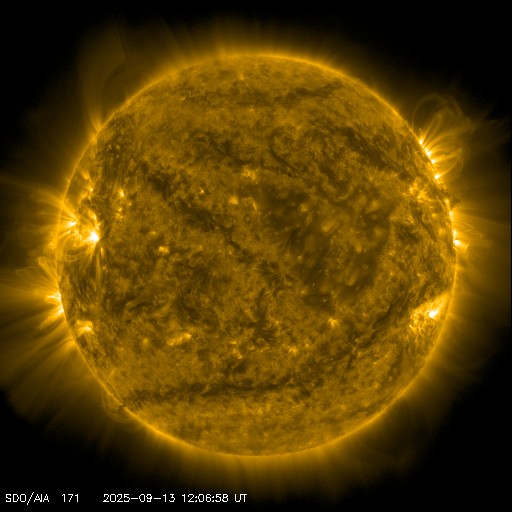
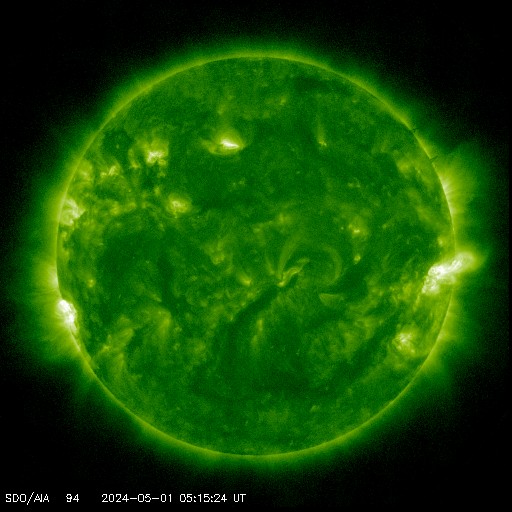
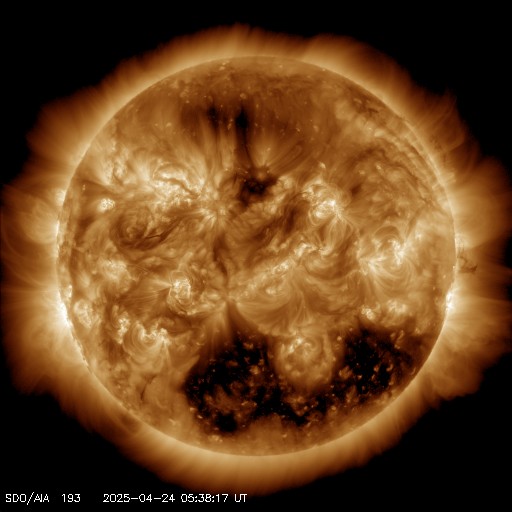
.gif)




.gif)





